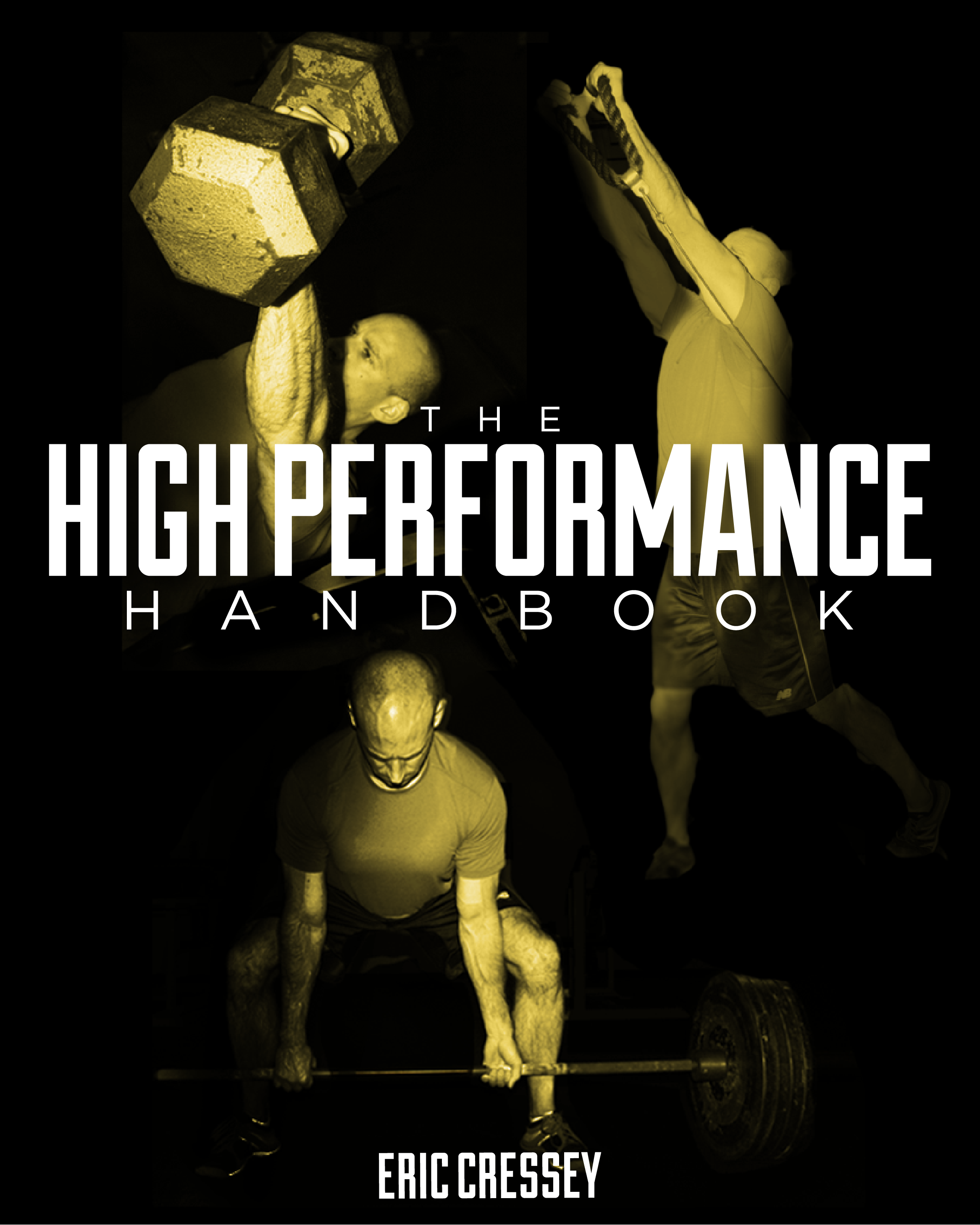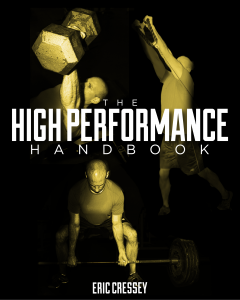
Versatility and Consistency for Strength and Conditioning Success
If you had to ask me what the single most important factor that makes or breaks someone’s strength and conditioning success, I’d immediately answer, “Consistency.” The ones who show up and put in the work are the most adherent to the programs, and they develop a host of habits conducive to long-term success. Nobody can really argue with that.
If consistency, then, is a huge goal in any training plan, then what are the objectives that underlay it?
A motivating training environment is obviously important. If you’ve got good people and energy in your culture, people will want to be consistent.
Novelty is something that inspires other people. People get excited when they experience something new, so subtle or not-so-subtle adjustments to the training program or environment can make a big difference for folks who need an extra boost for consistent attendance.
Progress is big as well. We like to do what we’re good at doing – so when you’re quantitatively aware of the progress you’re making, it feeds back into the motivation that drives consistency.
These are all no-brainers, and I’m sure we could go on and list more key factors influencing consistency. However, one factor that is definitely overlooked is versatile programming.
In other words, you have to be able to modify things on the fly when life gets in the way. Maybe it’s tinkering with training frequency/scheduling before a family vacation, shortening a training session when a young athlete is exhausted during final exams, or modifying exercise selection to work around a broken toe. The best programs are the versatile ones – and the best coaches are the ones who understand how to tinker on the fly as needed. If your program and coaching philosophy are too rigid to accommodate these necessary adjustments, consistency will definitely suffer.
What happens, however, when you don’t have a coach overseeing your training? How do you make these adjustments?
First – and most obviously – you have to be honest with yourself on how you feel. This is certainly easier said than done, but in my experience, making correct choices on the most obvious decisions is the difference maker for most individuals. For instance, if your nose is running, head is throbbing, and every joint in your body aches, it’s probably a much better idea to go home and sleep off the flu than it is to try to plow through a heavy deadlift training session. Most situations aren’t this black and white, though. Usually, the tougher decisions are when to push for PRs, add/subtract sets, or make exercise modifications on the fly. “Feel” in this regard comes with experience, and it’s usually constantly evolving as you get older and more highly trained.
Second, seek out mentors and training partners to help you along and push you to get better each day. I think this Tweet pretty much sums up this point.
It’s great to learn from your own mistakes, but even better to learn from others’ mistakes. Find good mentors and ask questions.
— Eric Cressey (@EricCressey) March 19, 2016
Third, you can outsource. Don’t know when you should deload? Adopt a program where deloading periods are already incorporated. Don’t know how to design a warm-up that covers all your needs? Have someone else structure it for you so that you don’t miss anything. Want something flexible enough to accommodate a busy travel schedule? Get a program where training frequency can be rotated from week to week.
These are all problems I worked hard to solve for my audience when I created The High Performance Handbook. This resource has different programming options based on assessment outcomes, and supplemental conditioning approaches that can be individualized to one’s goals (fat loss, athletic performance, etc.). Each phase has 2x/week, 3x/week, and 4x/week lifting options to provide options for various time throughout the training calendar, whether it’s an in-season/off-season athlete or an accountant that needs something with less frequency during tax season. I include modifications for folks who may have equipment limitations, and also suggestions on how to tinker with the program if you’re an overhead athlete, older lifter, or someone looking to add more muscle mass. In short, I worked hard to create what I believe to be the most versatile strength and conditioning resource available on the market today. For more information, check out www.HighPerformanceHandbook.com.



